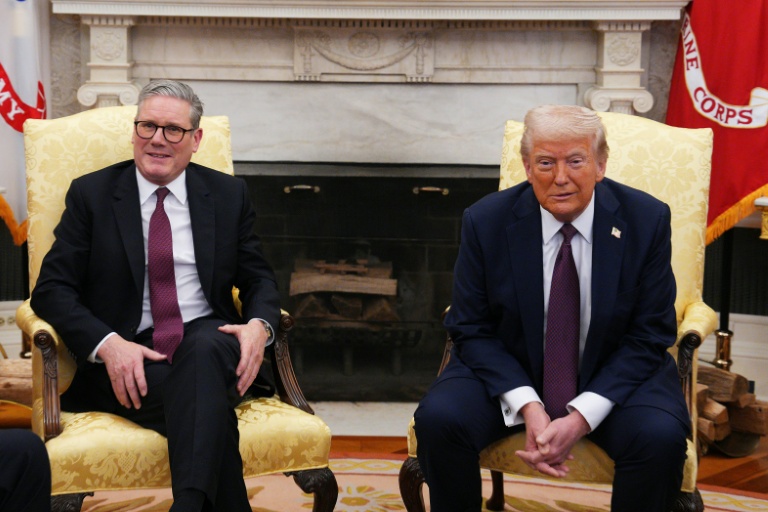New York (AFP) – US transportation officials on Tuesday began a two-day hearing into a near-catastrophic January incident on a Boeing 737 MAX operated by Alaska Airlines that required an emergency landing. The National Transportation Safety Board aims to pinpoint what went wrong and craft recommendations after a fuselage panel known as a door-plug suddenly came off mid-flight. Video of the episode showed oxygen masks hanging in front of a gaping hole in the plane after the panel blew out shortly after takeoff, leaving passengers exposed to open air at an altitude of about 16,000 feet.
The NTSB has previously said that four bolts securing the panel were missing, according to preliminary findings released February 6. The investigative agency, which has sought details around who performed the work, has at times sharply criticized Boeing’s response to the probe. Early questioning of witnesses from Boeing and fuselage maker Spirit AeroSystems probed construction and assembly, employee training, and policies around change orders. When the fuselage was shipped by train to Boeing’s Renton, Washington, facility on August 31, 2023, from Spirit, evidence showed that the bolts were in place, NTSB investigator in charge John Lovell said at the outset of the hearing.
Boeing staff performed work on the part beginning early in the morning of September 18 until late in the evening of September 19 before the jet was delivered to Alaska Airlines, Lovell said. Hearing witnesses include Elizabeth Lund, senior vice president for quality at Boeing, among other officials at the company, as well as officials from key supplier Spirit AeroSystems, regulator Federal Aviation Administration, and the machinists union. “This is not a PR campaign for Boeing,” said NTSB Chair Jennifer Homendy. “What I want to know, what we want to know, is what happened.”
Lund has previously said that Boeing staff identified five “non-conforming” rivets in the fuselage after they arrived in Renton. But when the door plug was removed to replace the rivets, workers failed to file the documentation to make the change on the door plug, Lund said. “We believe that plug was opened without the correct paperwork,” Lund told journalists during a tour in June. “There was a non-compliance to our processes at that point.”
Lovell confirmed that the rivets were replaced under a non-conformance order, with the work conducted by Spirit personnel at Boeing’s Renton factory. “Post-accident evidence showed that the retaining bolts were not installed,” Lovell said. Lund came under fire from the NTSB after the June comments, with the agency sanctioning Boeing for sharing details about an ongoing probe that were not supposed to be discussed publicly. As a result, the NTSB said it is blocking Boeing from reviewing information gathered in its investigation and will not permit the company to ask questions of other witnesses at the hearing.
Homendy in March had also sharply criticized Boeing’s handling of the probe, telling a congressional hearing the company was dragging its feet in providing key documentation and witnesses involved in working on the plane. Tuesday’s hearing comes as Boeing faces heavy scrutiny from regulators following the January incident and in the wake of congressional testimony from whistleblowers who say the company punishes workers who raise safety issues while moving to cover up problems.
Lund acknowledged the need for better communications and the simplification of some procedures at Boeing, but stressed that the company was committed to improving. Lund recounted a quality “stand down” in which some 70,000 workers took an eight-hour workday to review safety policies. The company took 30,000 recommendations of employee feedback on “how we can improve quality or product safety.”
But prior to the January 5 incident, Boeing’s “training was in really bad shape,” said Lloyd Catlin, of the International Association of Machinists. “There have been changes, but I don’t know that it is enough.”
© 2024 AFP




